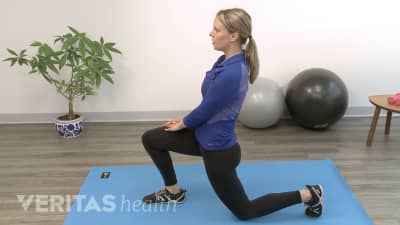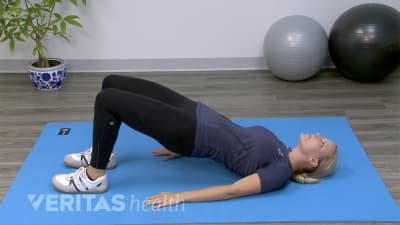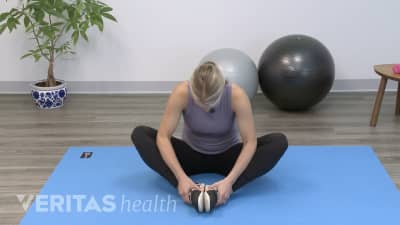If you have a hip labral tear, it’s essential to avoid specific exercises, activities, and daily chores that aggravate the labrum and worsen the tear.
Sports-health Blog
Hip pain while sitting occurs due to weakness in the hip and core muscles, reduced motion in the hip joints, and increased stress in the hips.
Walking reduces hip pain and improves hip flexibility, but sometimes, walking can increase hip pain due to the fatigue of repetitive movements in the hip.
Protect your hips while running by minimizing the loads on your hip joint and low back, keeping a balanced spinal posture, and using warm-ups and cooldowns.
A torn labrum in the hip causes lower back pain by reducing joint stability and inducing abnormal movements in the hip, pelvis, and lower back.
To reduce snapping hip syndrome pain, stretch and strengthen these 4 tissues: your hip flexors, IT band, core muscles, and buttock muscles.
Relieve hip labral tear pain quickly and effectively by stretching and strengthening the muscles in the lower back, buttock, pelvis, hip, and thigh.
For meaningful relief from hip osteoarthritis pain, your exercise program should hinge on stretching and strengthening the pelvic, buttock, and groin muscles.
Relieve pain deep in your hip joint, around your hip area, and in your hip and thigh with these 3 targeted exercises.













